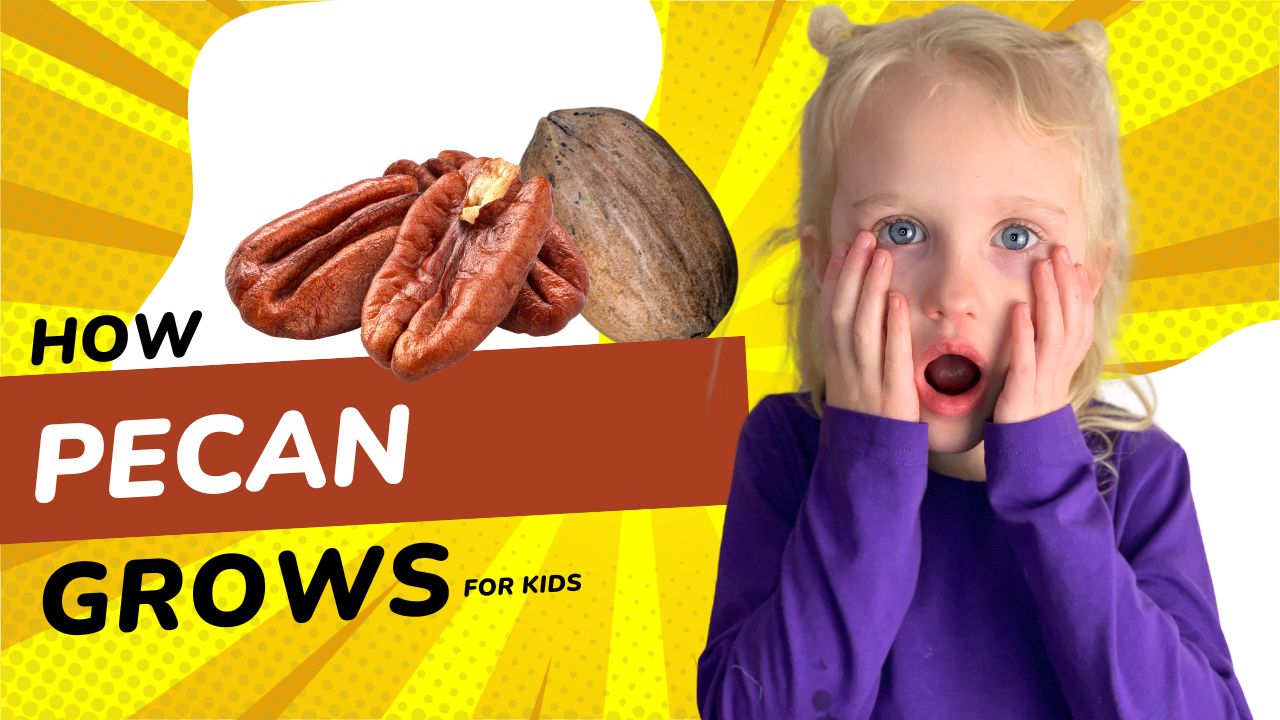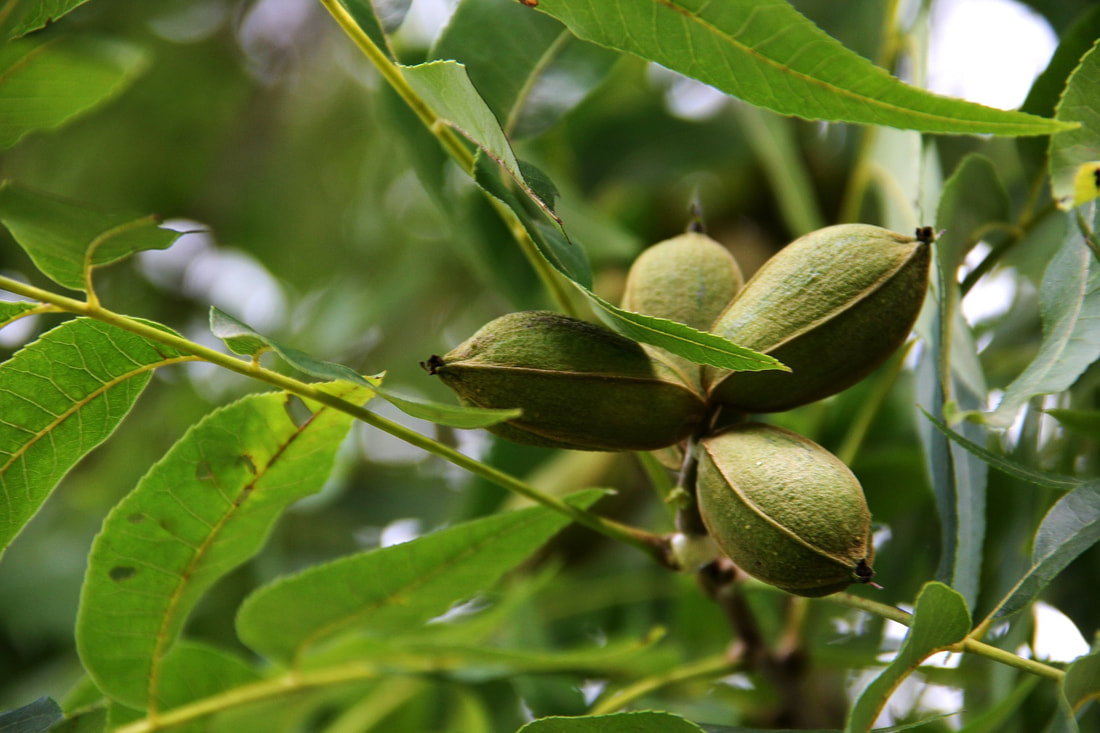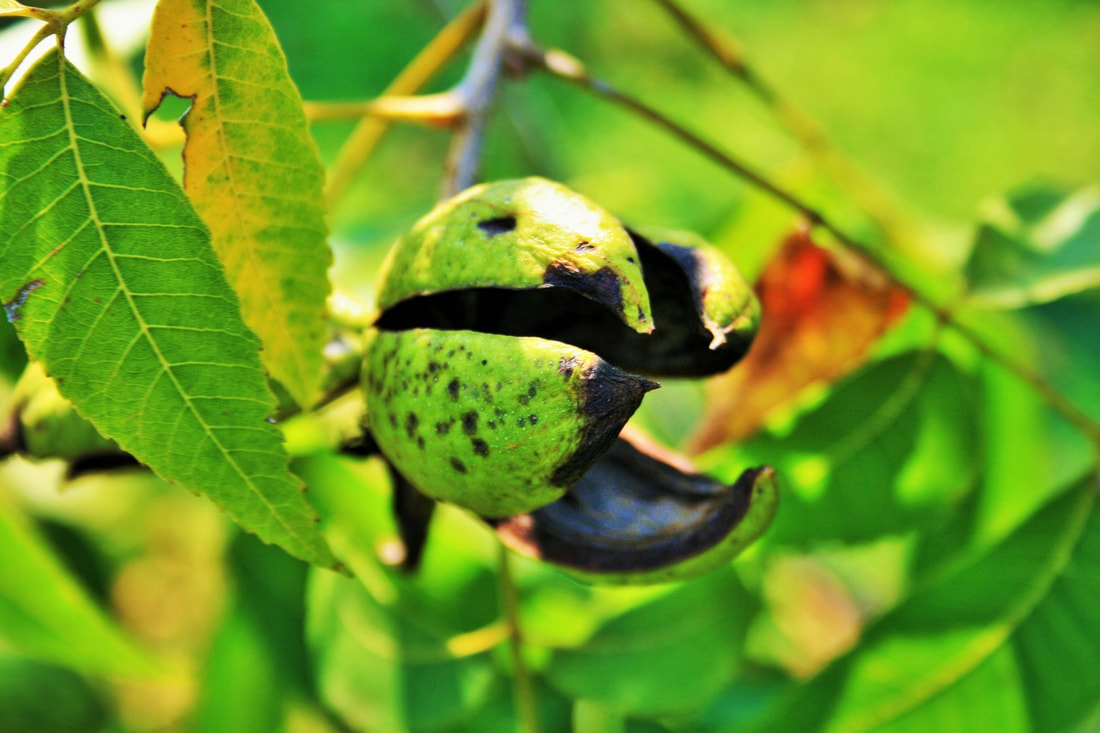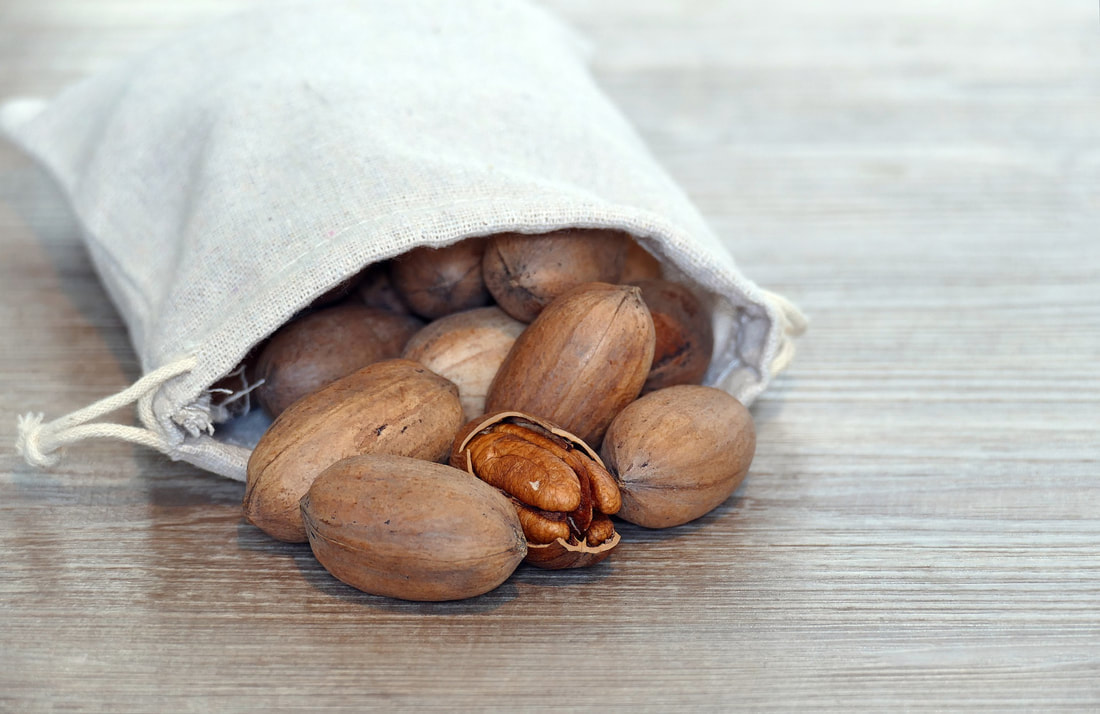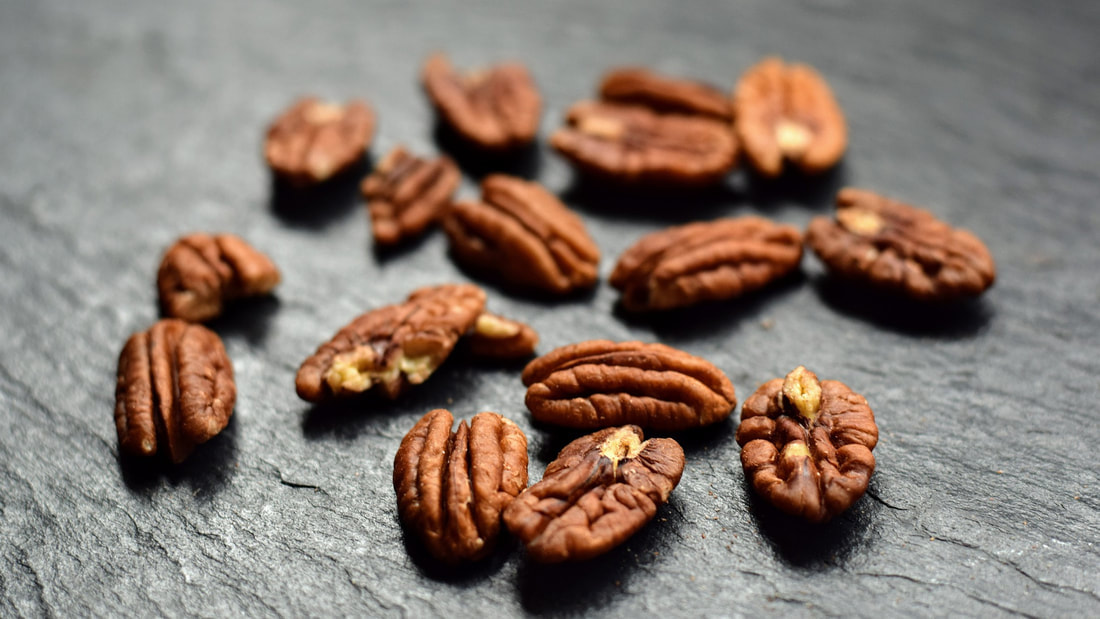|
Get ready to embark on a crunchy journey into the world of pecans! These versatile nuts not only add a delightful crunch to your favorite dishes but also have a fascinating story from growth to harvest. Let's dive into the pecan orchards and explore the seasonality, consumption, and intriguing facts surrounding this beloved nut. Where and How It Grows Pecans, scientifically known as Carya illinoinensis, are native to North America and thrive in a variety of climates. The pecan tree, with its distinctive compound leaves, provides shade and shelter to the developing nuts during the growing season. As the pecans mature, they are protected by a green husk that keeps them safe throughout the summer. When it's time for harvest, the husk undergoes a magical transformation, turning from green to brown, signaling that the pecans are ready to be picked. Seasonality Pecan trees typically bear fruit in the fall, and the nuts are ready for harvest when the green husk turns brown. Pecans are available in the grocery store without the shells year round. How to Eat It Pecans are incredibly versatile in the kitchen. Whether you sprinkle them over salads, incorporate them into baked goods, or enjoy them straight out of the bag, their buttery taste adds a delightful dimension to a variety of dishes. Fun Facts Fact 1: The Protective Husk A green husk keeps the pecan safe all summer. When it's ready to pick, the husk turns brown, signaling the beginning of the harvest season. Fact 2: The Tree's Dance Farmers employ a unique method for pecan harvesting - they shake the tree, and the pecans gracefully fall to the ground. The nuts then rest on the ground, basking in the sun and air for a few days. Fact 3: Pecan Diversity Believe it or not, there are over 1,000 kinds of pecans. This incredible diversity ensures that pecan enthusiasts can enjoy a wide range of flavors and characteristics. Fact 4: Flame-Tested Goodness Here's a unique test for pecan ripeness - when the pecan is ripe, farmers light it on fire. If it holds a flame like a candle, it's ready to eat. A quirky yet effective way to ensure peak flavor. Fact 5: Stars and Stripes Pecans Did you know that 80% of pecans are grown in the United States? The pecan is not just a nut; it's an American treasure. In conclusion, the journey of pecans from the orchard to your table is a testament to the marvels of nature and the hard work of farmers. As you enjoy the buttery goodness of pecans, take a moment to appreciate the intricate process that brings this delightful nut to your plate. Happy pecan indulging! Feed your food curiosity! Snackster Sam provides fun and educational content about food that grows. Join the adventure. Download the Snackster Sam app from Google Play or the App Store
What am I?Don't call me nuts! Ok, maybe you can. My wild trees are native to the USA. Most people would say I come in one shape, size, and flavor, but... think again! There are thousands of varieties of me. Where I growI grow on trees in warm, sunny climates. My tree grows to be over 100 feet tall and can live for hundreds of years! I have male and female flowers on one tree! The small flowers that grow in the spring share pollen so I can grow. After I'm pickedI grow in a green husk that protects me all summer. In the fall when it's time for harvest, the husk turns brown and peels back, revealing my mature nut. Farmers shake my tree where I fall to the ground. I lay there for 3-4 days to dry out. Some nuts are sent to the cracker where I'm brought to the store. Did you guess... PecanEspañol: pecán Do you like pecans? Did you know you can light a pecan like a candle? Watch the video to learn more about pecans! Feed your food curiosity! Snackster Sam provides fun and educational content about food that grows. Join the adventure. Download the Snackster Sam app from Google Play or the App Store!
|
Categories
All
|
Our recipes and activities are always Snackster Sam approved and kid approved.
Feed your food curiosity!
How much do you know about the food on your plate?
Educational content about food that grows.
Free app available on Google Play & App Store.
How much do you know about the food on your plate?
Educational content about food that grows.
Free app available on Google Play & App Store.

